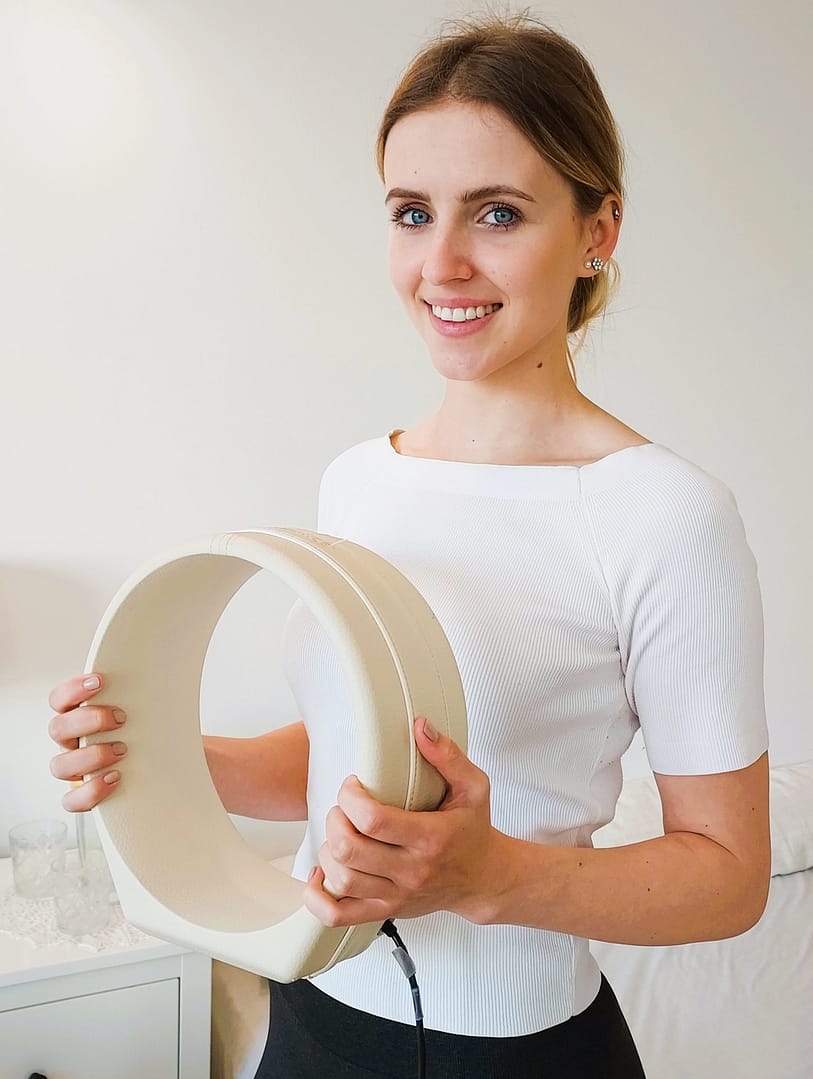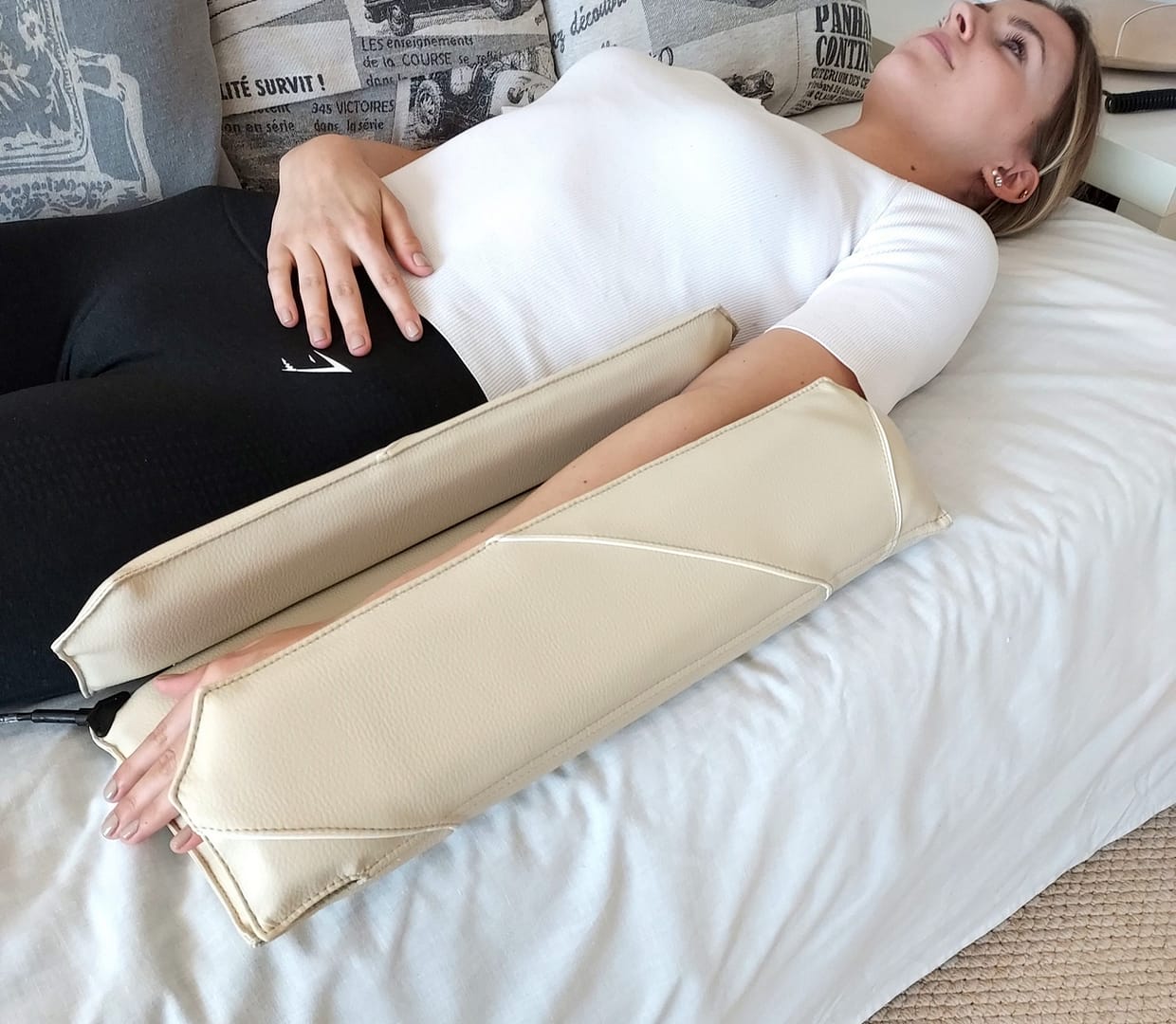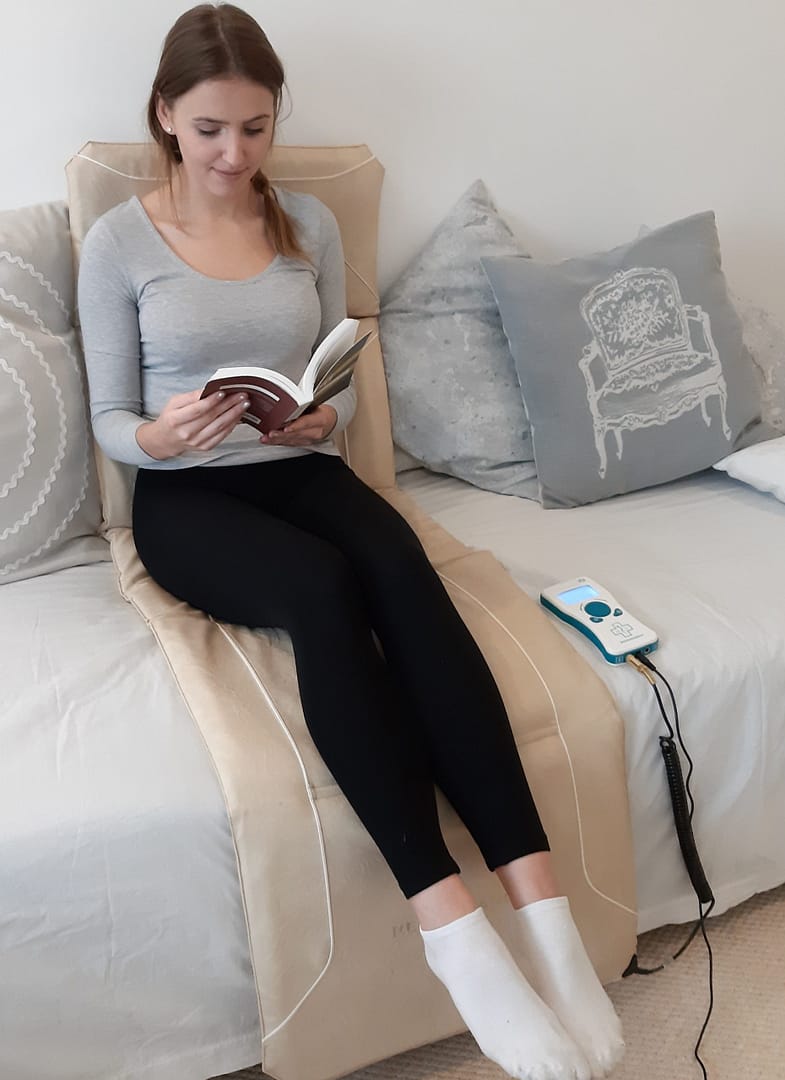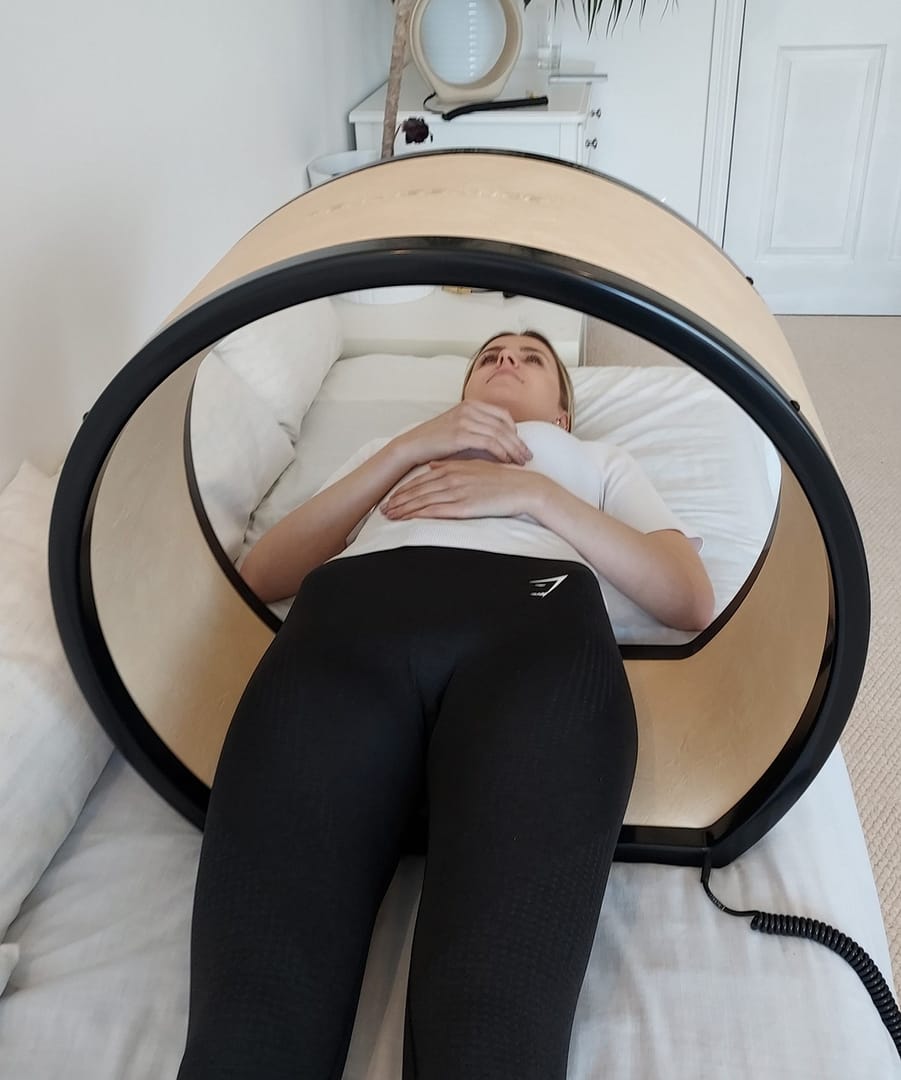Harnessing the Healing Power of PEMF Therapy for Bone Health
The musculoskeletal system plays a pivotal role in maintaining the body’s structural integrity and mobility.
Bones, in particular, are dynamic tissues that respond to various environmental stimuli, including mechanical stress and electromagnetic fields. Pulsed electromagnetic field (PEMF) therapy has emerged as a safe and effective treatment for nonunions of bone, gaining approval from the United States Food and Drug Administration (FDA).
This page explores the mechanisms of action of PEMF therapy, shedding light on its potential in bone healing based on recent clinical studies.
Understanding Cellular Responses to PEMF:
Recent research has uncovered crucial insights into the cellular responses to PEMF therapy, unveiling the mechanisms behind its therapeutic effects.
One key revelation is the identification of cell membrane receptors, specifically A2A and A3 adenosine receptors, as the sites of action for PEMF.
This discovery provides a mechanistic rationale for the clinical use of PEMF in bone healing.
PEMF therapy influences signal transduction through adenosine cell membrane receptors, leading to dose-response effects on the synthesis of structural and signaling extracellular matrix (ECM) components.
By targeting these receptors, PEMF enhances the structural integrity of bone and cartilage ECM, contributing to the repair process.
Additionally, PEMF exhibits anti-inflammatory effects by altering the homeostatic balance of signaling cytokines, presenting a promising avenue for mitigating inflammation in musculoskeletal conditions.

Key Processes in Cell Responses to PEMF:
1 – Signal Transduction through Adenosine Receptors:
– A2A and A3 adenosine receptors play a crucial role in mediating the effects of PEMF on cell signaling.
– Activation of these receptors initiates intracellular pathways that contribute to the synthesis of ECM proteins.
2 – Activation of Osteoinductive Pathways:
– PEMF therapy activates osteoinductive pathways, fostering an environment conducive to bone and cartilage repair.
– Fractures, osteotomies, and nonunions show accelerated healing in response to PEMF stimulation.
3 – Synthesis of Skeletal ECM:
– PEMF influences the synthesis of structural and signaling molecules within the skeletal ECM.
– Enhanced structural integrity of bone and cartilage ECM contributes to tissue repair and regeneration.
Clinical Applications and Adoption:
The FDA’s approval of PEMF therapy in 1979 marked a significant milestone, paving the way for its clinical use in treating nonunions of bone.
Today, PEMF stimulation is widely employed for bone repair in both the United States and Europe, with 72% of hospitals in the U.S. offering such treatments for fractures that fail to heal.
PEMF dose-response effects provide a solid conceptual basis for clinical use, with localized biological activity being a notable advantage.
Unlike systemic treatments, PEMF therapy minimizes negative adverse effects while maintaining efficacy.
As a result, PEMF therapy has gained traction in various medical specialties beyond orthopedics, including wound and tendon healing, rheumatology, and neurology.

Full body mat system.

The Siecco Set
The SIECCO PEMF therapy set includes pemf mat,
A large bed CASSO applicator and a small flat MANIC applicator make up this set.
The size of the CASSO mat applicator predestines it for overall regeneration

PEMF therapy has evolved from being perceived as a “black box” to a well-understood and clinically validated treatment for bone healing.
The identification of cell membrane receptors and osteoinductive pathways as key sites of action has provided a solid mechanistic basis for its therapeutic effects.
As research continues to unravel the intricacies of cellular responses to PEMF, the potential applications in bone and cartilage repair, tissue engineering, and inflammation modulation become increasingly promising, offering new avenues for enhancing musculoskeletal health and well-being.
what are A2A and A3 adenosine receptors?
Adenosine receptors are a class of G protein-coupled receptors that play a crucial role in mediating the effects of adenosine, a nucleoside that serves various functions in the body, including acting as a signaling molecule.
A2A and A3 adenosine receptors are specific subtypes within this family, and they have been identified as important components in the cellular responses to pulsed electromagnetic field (PEMF) therapy, particularly in the context of bone healing. Here’s a brief overview of these receptors:
1 – A2A Adenosine Receptor:
- Location: A2A receptors are predominantly found on the surface of cells, including those in the musculoskeletal system.
- Function: When activated, A2A receptors are involved in various cellular processes, including modulation of inflammation, vasodilation (widening of blood vessels), and promotion of tissue repair.
- Role in PEMF Therapy: A2A receptors are identified as one of the key sites of action for PEMF therapy. Activation of these receptors contributes to signal transduction and intracellular pathways that ultimately enhance the synthesis of extracellular matrix (ECM) proteins, supporting bone and cartilage repair.
2 – A3 Adenosine Receptor:
- Location: A3 receptors are also present on cell membranes, and their distribution includes cells in the musculoskeletal system.
- Function: A3 receptors are associated with anti-inflammatory effects. Activation of A3 receptors can modulate immune responses and reduce inflammation in various tissues.
- Role in PEMF Therapy: Similar to A2A receptors, A3 adenosine receptors are implicated in the mechanisms of action of PEMF therapy. Their activation contributes to the dose-response effects on ECM synthesis, supporting tissue repair and reducing inflammatory cytokines.
Both A2A and A3 adenosine receptors are part of the complex network of signaling pathways that regulate cellular responses to external stimuli.
In the context of PEMF therapy, understanding how these receptors are influenced by electromagnetic stimulation provides valuable insights into the mechanisms through which PEMF contributes to bone healing and tissue repair.
As research continues, further elucidation of these mechanisms may open new possibilities for therapeutic applications in various medical fields.

Disclaimer: These pages outline how PEMF has helped many people and health issues. This does not prove that others would have the same results. Our products are designed to promote health and wellness and not to diagnose, treat or prevent specific medical conditions, for which you should see a doctor or health care professional. This information has not been evaluated by the US FDA or UK Medicines and Healthcare Products Agency. While we try to keep it up to date and correct, we give no guarantees of any kind about its completeness, accuracy, or suitability.
Nice care and its employees have no formal medical training or qualifications. We will advise you with regards to how PEMF therapy could help you and explain how it has helped others. We do not offer medical advice or diagnosis. If you are unwell or need medical advice, please consult a doctor or health care professional.
The MHRA have seen all certificates issued by the relevant European safety boards and have raised no objection with regards to the suitability or sale of Renaissance® products in the UK

